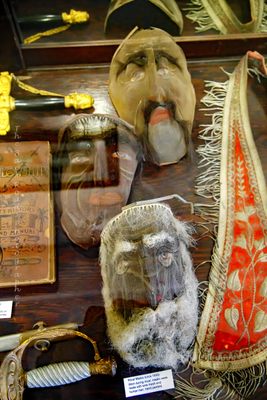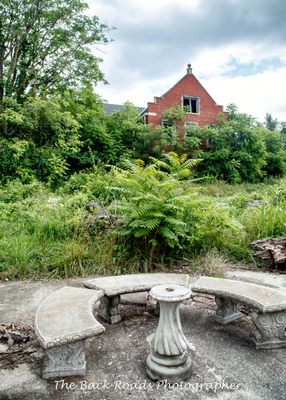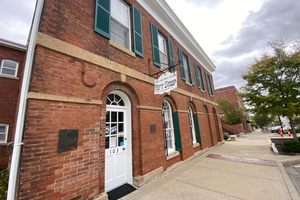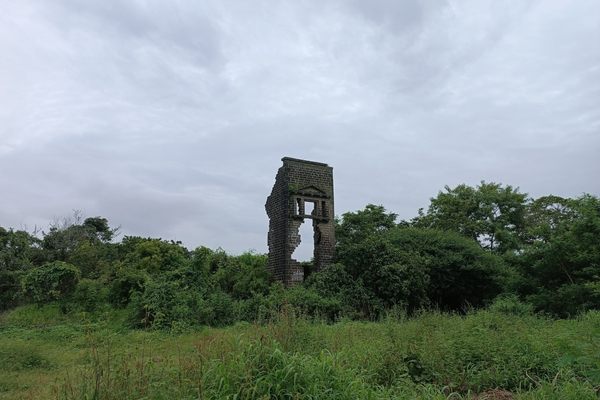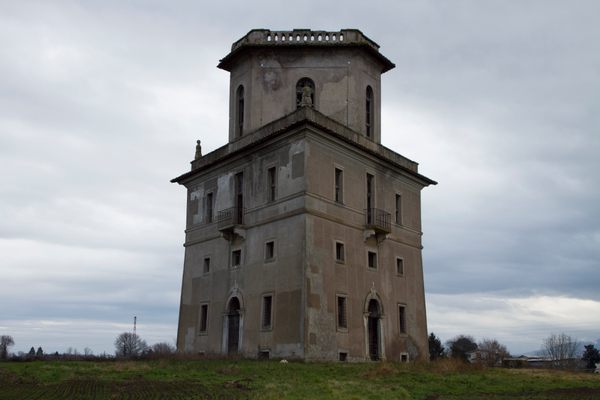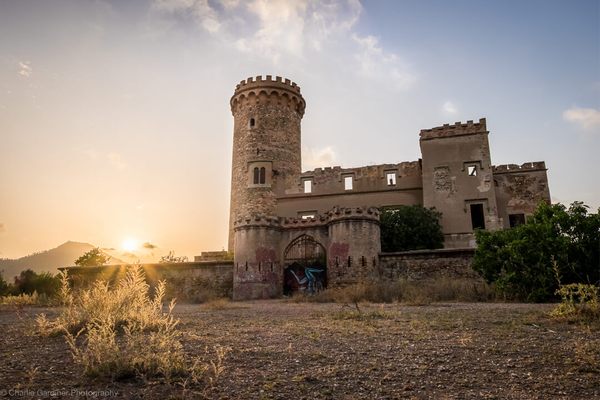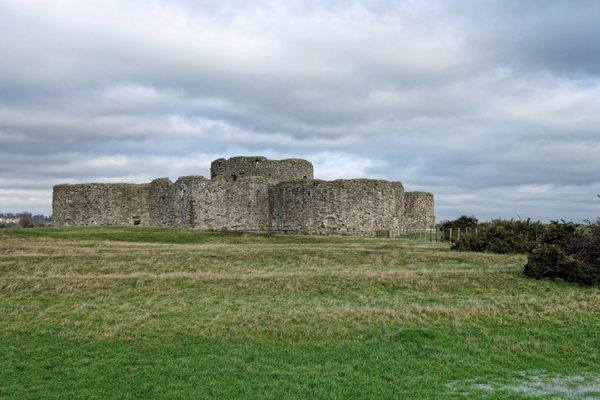About
The oddly named Independent Order of Odd Fellows (IOOF) was formed in the United States in 1819, and grew from the original order that came up in England in the 18th century. It aimed to provide shelter and care to those in need, such as the elderly, widows, and orphans.
The fraternal order came first came to Missouri in 1835, and by the end of the century, they built the Odd Fellows Home, a 240-acre complex. It was a form of health and life insurance, and as long as members had a good record, they could depend on the Odd Fellows for help. The complex had its own farm and expected those who could to work. It also had its own hospital, an orphanage, school, nursing home, and a cemetery.
The society, like other fraternal organizations, conducted secret rituals, and one of the most important ones was the initiation. A key symbol in this ceremony was a skeleton, which served as a reminder of mortality. Today, a small room in the complex houses some interesting artifacts that the IOOF left behind, including "George", the skeleton of an Odd Fellows member who died in the 1880s and donated his body to science. When the body was no longer needed for teaching, the bleached and articulated bones were returned to the IOOF, as per his agreement, for use in their initiation rituals. (All of the skeletons used by various IOOF halls are named George, so that is not the original member’s name.) The display also includes other curious objects left behind such as masks, books, and swords.
Now consisting of four buildings and a few small outbuildings, the Odd Fellows Home sits on 36 remaining acres and has been on the National Register of Historic Places since 1986. Three of the red-brick buildings exhibit the Jacobean-Revival style and well-known architect, William Ittner, designed one of these structures, the Administration Building. The buildings are in a state of deterioration, with broken windows, doors, and damaged roofs. However one of the most impressive buildings, the Belvoir Winery and Inn, has renovated the first floor, and it is now a tasting room and event space for the winery.
Related Tags
Know Before You Go
The buildings are not open to the public, except for ghost tours through the safer areas. The grounds are accessible, and you are welcome to wander around during business hours of the winery.
Parking is available, if you plan to taste test at the winery, a designated driver is advised. The grounds around the abandoned buildings are not maintained and although there are sidewalks, there areas of uneven ground and tall grass.
Published
June 23, 2017


